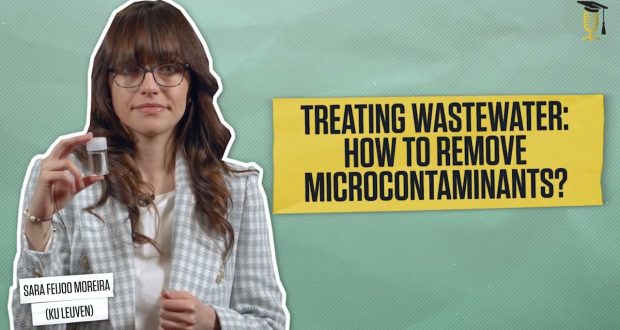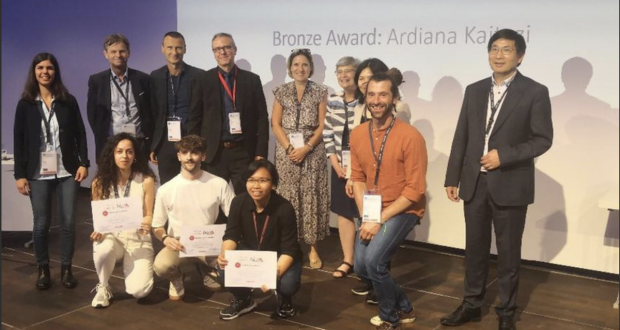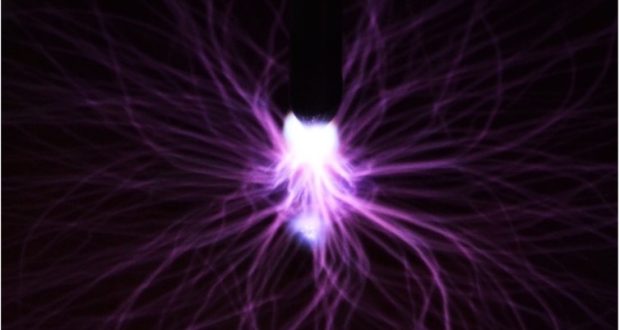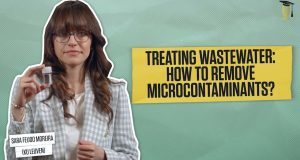Have you ever seen wastewater from a factory? This usually looks very clean, thanks to ...
Read More »
InnovEOX - Training a new generation of researchers in Innovative Electrochemical Oxidation processes
InnovEOX deals with a topic of growing worldwide societal concern: the contamination of natural water resources with emerging pollutants. Freshwater is increasingly endangered by organic chemical pollutants from human activities that threaten the ecosystem and biodiversity. Some of the most important pollutants have been delineated as priority substances by the European Commission as they represent a significant risk to or via the aquatic environment. These substances are regulated by the EU Water Framework Directive as a strategy against the advancing pollution of water. The EU water policy sets the quality standards for the pollutants to be released into the receiving water bodies. Furthermore, the REACH regulation also impacts by setting up specific requirements for chemical pollutants. Despite these efforts of regulation, data collected on more than 200 pollutants from 4000 monitoring sites throughout 91 European river basins, demonstrate that organic chemical pollutants are still putting half of the European freshwater ecosystems at risk. On more than 500 of the sites monitored, concentrations were found in quantities likely to cause mortality of fish, invertebrate and algae species. Therefore, besides pollution-prevention recommendations, the European Environment Agency (EEA) encourages the upstream chemical treatment of unavoidable (industrial) effluents as these effluents are significant paths through which chemical water pollution enters the aquatic environment (“Science for Environment Policy”: European Commission DG Environment News Alert Service, 2015).
InnovEOX Consortium:InnovEOX deals with a topic of growing worldwide societal concern: the contamination of natural water resources with emerging pollutants. Freshwater is increasingly endangered by organic chemical pollutants from human activities that threaten the ecosystem and biodiversity. Some of the most important pollutants have been delineated as priority substances by the European Commission as they represent a significant risk to or via the aquatic environment. These substances are regulated by the EU Water Framework Directive as a strategy against the advancing pollution of water. The EU water policy sets the quality standards for the pollutants to be released into the receiving water bodies. Furthermore, the REACH regulation also impacts by setting up specific requirements for chemical pollutants. Despite these efforts of regulation, data collected on more than 200 pollutants from 4000 monitoring sites throughout 91 European river basins, demonstrate that organic chemical pollutants are still putting half of the European freshwater ecosystems at risk. On more than 500 of the sites monitored, concentrations were found in quantities likely to cause mortality of fish, invertebrate and algae species. Therefore, besides pollution-prevention recommendations, the European Environment Agency (EEA) encourages the upstream chemical treatment of unavoidable (industrial) effluents as these effluents are significant paths through which chemical water pollution enters the aquatic environment (“Science for Environment Policy”: European Commission DG Environment News Alert Service, 2015).
Read more...
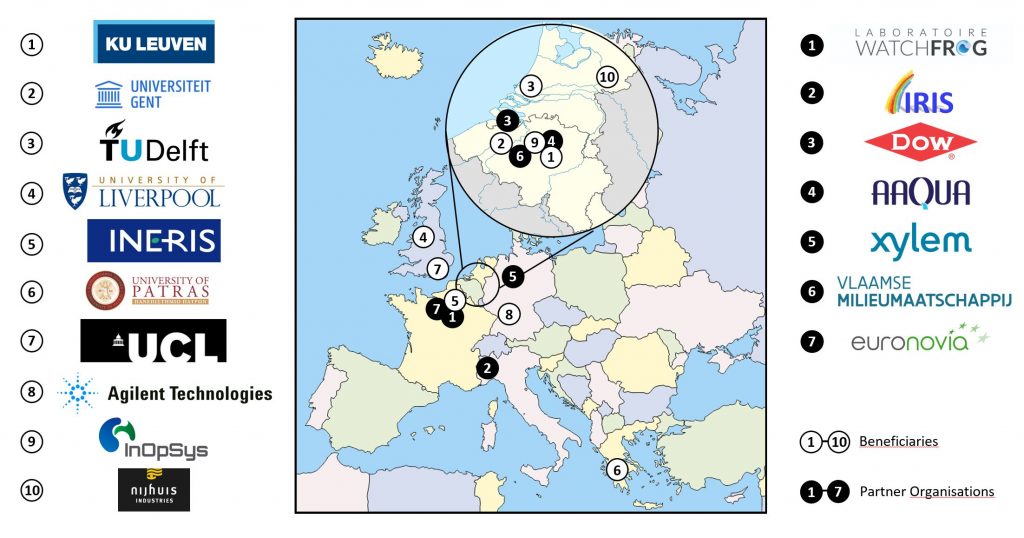
News
-
Video: Treating wastewater: how to remove microcontaminants?
-
3rd place winner HPLCTube 2023: Ardiana Kajtazi (Ghent University)
-
Science Communication – Research Video by Sara Feijoo (ESR1)
-
Elena Bandini and Ardiana Kajtazi (Ghent University): 2nd & 3rd place winners of the HPLC TUBE 2022 Competition
 InnovEOX Innovative Electrochemical OXidation Processes for the Removal and Analysis of micro-pollutants in water streams
InnovEOX Innovative Electrochemical OXidation Processes for the Removal and Analysis of micro-pollutants in water streams
